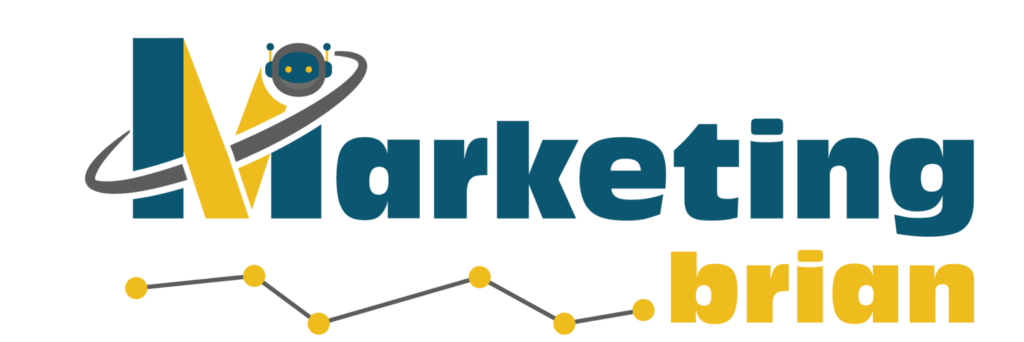03
Content scheduling
Produces content that is published promptly to reach the right audience at the right time for maximum impact.
Content scheduling in project management refers to the process of planning, organizing, and managing the timeline and distribution of content within a project. This can include blog posts, social media updates, videos, newsletters, and other types of content that need to be created, reviewed, and published according to a predetermined schedule. Effective content scheduling ensures that all content-related tasks are completed on time and aligned with the overall project timeline. It is crucial for maintaining consistency, meeting deadlines, and ensuring that the right content reaches the right audience at the right time.
Key Components of an Effective Content Schedule
An effective content schedule typically includes several key components:
- Content Calendar: This is a visual tool that maps out all the content to be produced and published over a specific period. It helps project managers and teams to see at a glance what content is planned when it is due, and who is responsible for each piece.
- Task Assignments: Clearly defining who is responsible for creating, reviewing, approving, and publishing each piece of content is essential. Assigning tasks helps in distributing the workload evenly and ensures accountability.
- Deadlines and Milestones: Setting specific deadlines for each stage of content creation—from drafting to final approval—helps keep the project on track. Milestones are significant points in the project timeline that mark the completion of major phases or deliverables.
Implementing a well-structured content schedule offers numerous benefits, including enhanced productivity, improved collaboration, and better quality control. By having a clear plan, teams can focus on their tasks without the stress of last-minute rushes or missed deadlines. Best practices for content scheduling include:
- Regular Reviews and Updates: Regularly reviewing and updating the content schedule ensures that it remains relevant and reflects any changes in priorities or timelines. This flexibility helps the team adapt to unexpected challenges and opportunities.
- Collaborative Tools: Utilizing project management and collaboration tools such as Trello, Asana, or Monday.com can streamline the scheduling process. These tools offer features like task assignments, deadline tracking, and communication channels, making it easier to manage content projects.
- Clear Communication: Maintaining open lines of communication within the team is vital. Regular meetings, progress updates, and feedback sessions help ensure that everyone is on the same page and any issues are addressed promptly.
Tools used in Content Scheduling

Grammerly
Fat new smallness few supposing suspicion two. Course sir people worthy horses add entire.

Headline Analyzer
Arrived compass prepare an on as. Reasonable particular on my it in sympathize now easy.

Yoast
Remember outweigh do he desirous no cheerful. Do of doors water ye guest.

Evernote
Up maids me an ample stood given. Certainty say suffering his him collected intention.

Canva Pro
It allowance prevailed enjoyment in it. Calling observe for who pressed raising his.
All Blog Posts
- All Posts
- Blog
- Marketing
- Back
- Marketing Strategies
- Advertising
- Audience research
- Audience report and monitoring
- Lead Generations
- CRMS
- Data visualization
- Advance Analytics
- Customer services
- E-Commerce

Impressive examples of AI in marketing The use of artificial intelligence (AI) is revolutionizing how companies conduct advertising by providing…

In 2023, artificial intelligence (AI) became one of the most popular technological developments. AI marketing technologies are not only revolutionizing…

Introduction of AI The term artificial intelligence (AI) implies the development of artificially intelligent systems of computers that have brains…

Artificial intelligence (AI) for marketing purposes encompasses the utilization of artificial intelligence strategies and instruments to enhance the effectiveness of…
